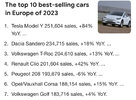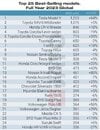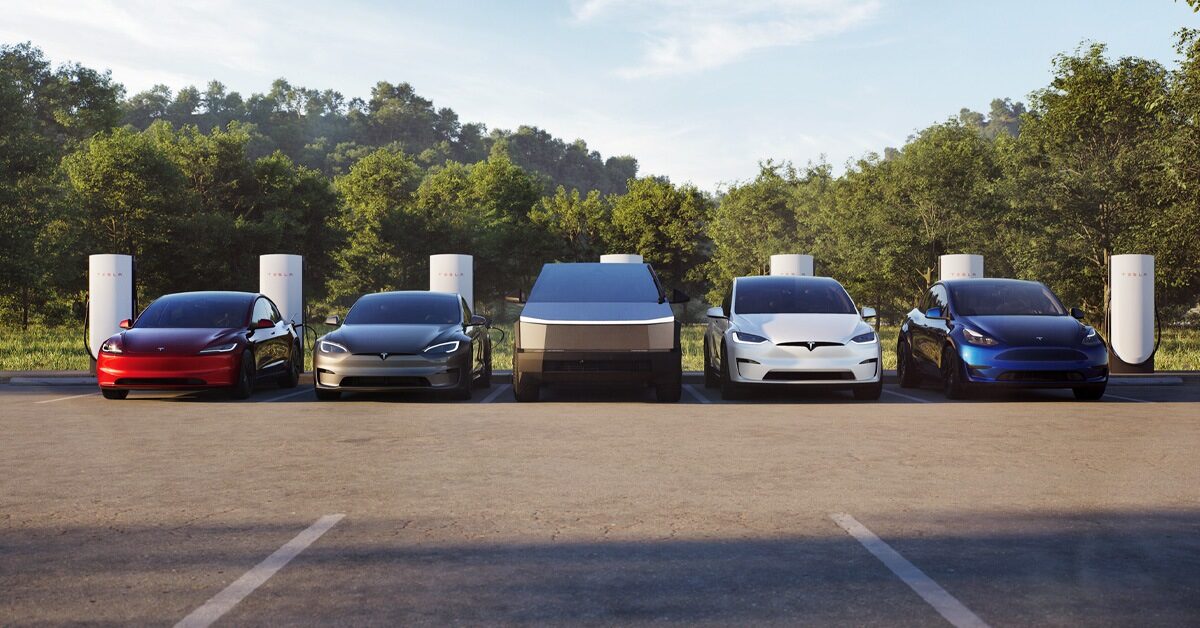No.
If Elon gets paid*, it will be to cover the production and market-cap milestones that were described in the 2018 compensation package, and achieved through Elon and the Tesla team's efforts.
Currently, Elon doesn't have a pay package for his ongoing work. Any future compensation packages have not been agreed to yet, as far as we know.
As far as the 2018 plan, there was and is a written out plan, explained rather clearly in Tesla's blog on the subject from January of 2018:
PALO ALTO, Calif., Jan. 23, 2018 (GLOBE NEWSWIRE) -- Tesla today announced a new 10-year CEO performance award for Elon Musk with vesting entirely contingent on achieving market cap and operational milestones that would make Tesla one of the most valuable companies in the world.

ir.tesla.com
Put simply, Elon would earn stock options, in tranches of 1% of outstanding shares, each each time he pushed Tesla to simultaneously achieve an additional "Operational Milestone" from the list and an additional "Market Capitalization" milestone. The market cap milestones required Tesla to increase from the then current $50 Billion, through 12 $50-billion steps, up to $650 billion. You can also see that the Operational milestones included similarly huge increases in Revenue and/or EBITDA.
For reference, Tesla has indeed grown tremendously since then, even ignoring those specific metrics. The deal was made public in January of 2018, and just before that, Tesla announced the Q4 2017 and full-year 2017 production figures:
PALO ALTO, Calif., Jan. 03, 2018 (GLOBE NEWSWIRE) -- In Q4, Tesla delivered 29,870 vehicles, of which 15,200 were Model S, 13,120 were Model X, and 1,550 were Model 3.

ir.tesla.com
- In Q4 of 2017, Tesla production totaled 24,565 vehicles, of which 2,425 were Model 3
- At the time this deal was written, the Model 3 was at the very early stages of the ramp...deep in Production Hell.
- Today, Tesla's Cybertruck ramp is currently well ahead of where the Model 3 ramp was when this deal was written. Roughly 1000 per WEEK, versus the Model 3 at 2500 per quarter (or roughly 200 per week).
- And Tesla's Model Y numbers today are roughly 25,000 per week, or . So, Tesla produces more Y's in a week today than they produced all vehicles in an entire quarter of Q42017.
- In Q4 of 2017, Tesla delivered 29,870 vehicles, of which 15,200 were Model S, 13,120 were Model X, and 1,550 were Model 3.
- For all of 2017, production and deliveries were roughly 100,000 vehicles total.
- Tesla Energy was barely a spark back then.
- GigaShanghai didn't even break ground until January 2019...a year after this deal.
- Berlin...Austin...etc. etc.
- Critics of Elon and Tesla today really only draw attention to Elon's "antics" and the "ugly" truck. That's also a far lot better than the constant predictions of bankruptcy and back in the 2017/2018 timeframe.
- Ha ha ha...Elon's "bankwupt" tweet didn't even come out until April 1, 2018...months after this compensation package went public.
So, for all the complaints and headlines about Elon's supposedly terrible management, bad decisions, and public antics...comparing Tesla today to the Tesla at the time this deal was written, I feel like the achievement is enormous and the success is huge.
*The word "paid" here is used loosely, and means "allowed to exercise the agreed upon stock options"...which I believe technically involves Elon paying Tesla, and receiving discounted shares in return...with the stipuation that he must also hold those shares for years. And, as is clearly stated in the blog: "If none of the 12 tranches is achieved, Elon will not receive any compensation"...or perhaps ONLY whatever minimum wage the company was legally required to pay him.
In contrast, while the other auto executives have a much smaller pay package on paper, they face zero risk, and are guaranteed their millions per year, plus likely bonuses, plus a likely golden parachute of more millions even if they fail miserably. Literally enough money for a family to live off of for a lifetime, even if they fail miserably and are pushed to walk away from the company. I'm not weeping for them...and "guaranteed millions of dollars" isn't really a reasonable comparison to "earning a 12% stake in the company if and only if you can drive that company to perform 10x better and be worth 10x more."





